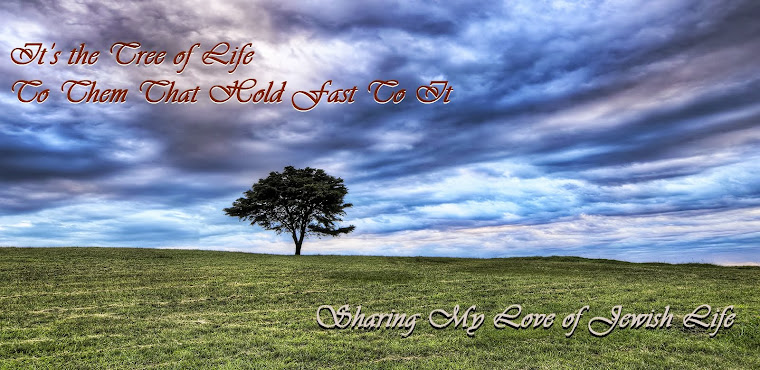Do you clean your menorah each night after the flames have finished burning? Goodness knows I don’t, and each night it gets a little trickier to light the menorah. There’s old wax stuck in the hole, even after you use a random household item to try and scrape it out, and the cheap Chanukah candles break when you push them in. Or if you’re using oil (in our house we have both), then the cups from the first few nights are always grimy and slippery from previous splashes. So in our house, where we light quite a few menorahs, by the time we get to the eighth night of Chanukah, we have a pile of broken candles that never made it, lumps of broken off wax drippings (many imprinted with fingerprints) and a few discarded, slimy wicks from the oil menorah. And if you have one of those candle menorahs where the shamash, the lighting candle, is elevated in the middle of the row, every time you try to place the shamash in its proper spot, you bump into the candle next to it, resulting in additional spillage!
The mess of the Chanukah candles may seem like a silly issue to discuss, but just the other day I was thinking that this issue may serve as an interesting metaphor for Jewish growth. When a person first becomes excited about Judaism, it is like setting up the menorah. There is great anticipation about participating in the new mitzvot, and the first acts of Jewish observance that one does on one’s own can be compared to the first night of Chanukah. The menorah is in pristine condition and the candles fit in easily (unless, of course, it wasn’t cleaned after last year).
Time passes, however, and for many people who have moved toward greater Jewish observance, living a more involved Jewish life often results in the loss of some of the original sparkle of being new. It gets harder. Unexpected obstacles arise: bosses who have “emergencies” just before Shabbat or relatives who don’t understand the implication of “kosher style.”
More challenging than the unexpected obstacles, however, are the slimy drippings of apathy and routine. Mitzvot that were once exciting start to feel like common acts. There is a constant struggle to grasp again the beautiful inspiration that so energized those original first steps.
The Talmud records a disagreement between two of the great academies of Talmudic study: the Academy of Shammai and the Academy of Hillel. The first believed that eight lights should be lit on the first night of Chanukah, and one less on each night that follows. Hillel’s students, on the other hand, said that on the first night one candle is lit, adding one each night until eight candles are lit on the last night (Talmud Shabbat 21b).
One explanation cited in the Talmud for their different opinions was that the Academy of Shammai was comparing the candles to the decreasing number of bulls brought on the holiday of Sukkot. The Academy of Hillel, on the other hand, was underscoring the idea that matters of sanctity should always be increased rather than decreased” (ibid.).
It was decided that the practice of Chanukah should be observed according to the opinion of the Academy of Hillel. Each night we increase the light until the eighth glorious night when all eight candles burn in its full glory.
Following the path of traditional Jewish life can have its challenges. But the greater the effort that we invest, the brighter the light that we shine. The mitzvah of Chanukah is intended to proclaim to the world our faith in God’s constant and active role in our lives. This is what we do when we tell that boss that we cannot work late on Friday or explain that the term kosher of “kosher rye” refers to a style and not that the bread is actually kosher.
Jewish life is a spiral of cycles. There are the daily cycles of prayer, the weekly cycles of Shabbat, and the yearly cycle of holidays. Each requires preparation. If I, as a working mother of five, don’t pick away at the “wax drippings” of chaos that dominate my home every morning, then I won’t have time for the daily morning prayers. If I don’t prevent “slippery spots” from entering my schedule, then I have to work harder to prepare for Shabbat, and if I don’t prepare in advance, then I cannot make the most of the beauty that inhabits each of the Jewish holidays.
If I were to continue my metaphor of the crowded menorah, then perhaps I would say that not only do I shine brighter the more effort I invest, but I would also connect to the shamash. For everything that I do, my role is now that of being a continual helper. How I treat my own menorah -- my own spiritual development -- is reflected in the lights that surround me, the neshamot (souls) of my children.
This year, as the lights of Chanukah increase and we each stand by our menorahs trying to remove the drippings from the night before, think not of the struggle against the wax, but rather of the incredible brilliance and rays of holiness of your beautiful Jewish soul.

